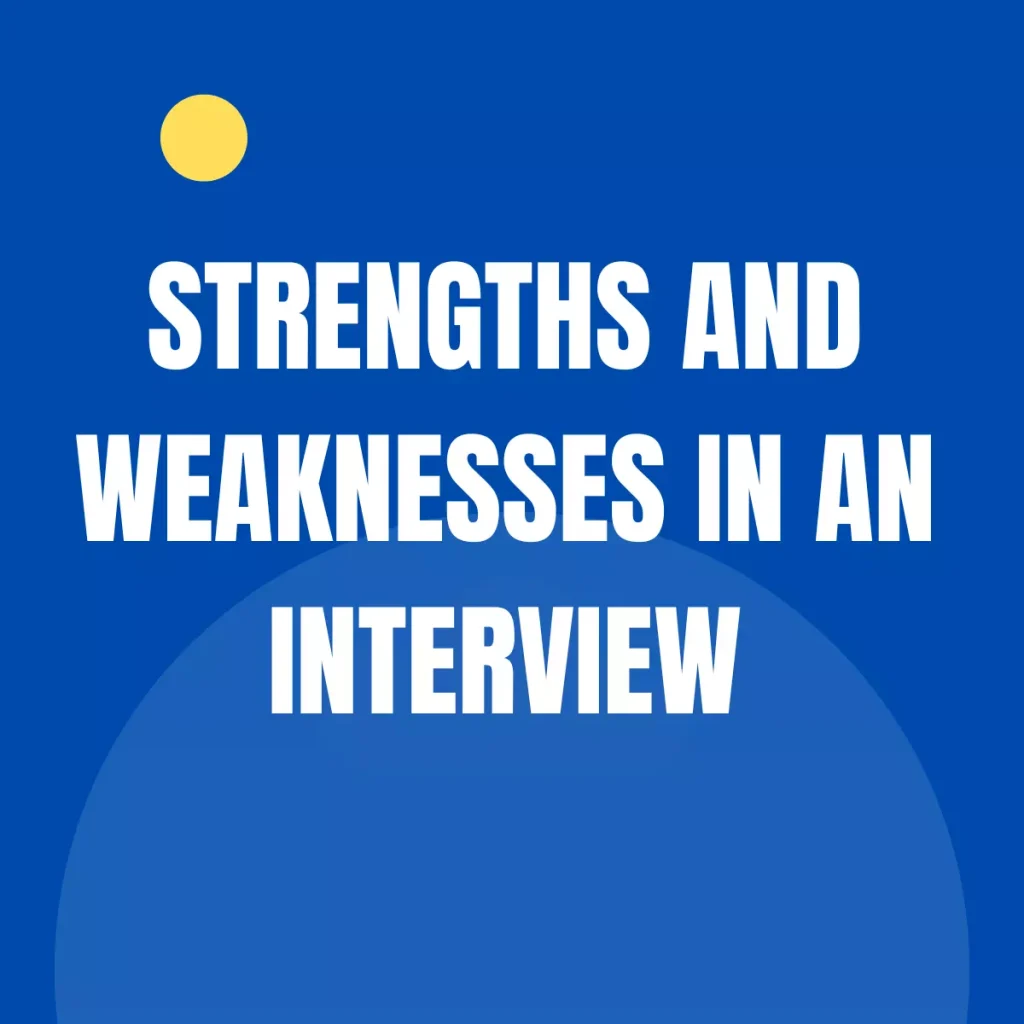Creating a Resume for Sustainable Forestry and Land Management
Are you passionate about the environment and interested in a career in sustainable forestry and land management? If so, you’ll likely need a well-crafted resume to catch the attention of potential employers in this field. A resume tailored specifically for sustainable forestry and land management positions can showcase your skills, experience, and commitment to protecting and preserving natural resources.
In this blog post, we’ll explore some frequently asked questions about creating a resume for sustainable forestry and land management.
1. What should I include in the header of my resume?
In the header of your resume, include your full name, contact information (phone number and email address), and optionally, your professional LinkedIn profile.
2. What is the best format for a sustainable forestry and land management resume?
The best format for a sustainable forestry and land management resume is a reverse-chronological one. This format presents your most recent experience first, allowing potential employers to quickly see your relevant work history.
3. How should I organize the content of my resume?
Organize the content of your resume into the following sections: summary or objective statement, skills, work experience, education, and certifications or additional training.
4. What should I include in the summary or objective statement?
In the summary or objective statement, briefly describe your professional background, skills, and career goals related to sustainable forestry and land management. Tailor this section to the specific job you’re applying for.
5. What skills are important to highlight in a sustainable forestry and land management resume?
Some important skills to highlight in a sustainable forestry and land management resume include knowledge of environmental regulations, proficiency in GIS and other relevant software, strong communication and teamwork abilities, and experience with forest management and restoration.
6. How should I describe my work experience on the resume?
When describing your work experience, focus on relevant duties and accomplishments. Be sure to quantify your achievements whenever possible, such as mentioning the number of acres managed, the success of reforestation projects, or the percentage reduction of carbon emissions achieved.
7. Should I include volunteer experience on my resume?
If you have volunteer experience related to sustainable forestry or land management, it’s definitely worth including on your resume. This can demonstrate your commitment to the field and showcase your relevant skills.
8. How important is education in a sustainable forestry and land management resume?
Education is important in a sustainable forestry and land management resume, especially if you have completed a degree or certification program in forestry, natural resources, or a related field. Include the name of the institution, the degree obtained, and any relevant coursework or research projects.
9. Is it necessary to include references on my resume?
It’s not necessary to include references on your resume. Instead, prepare a separate document with a list of references and have it ready to provide to employers upon request.
10. How can I make my resume stand out?
To make your resume stand out, tailor it specifically to the sustainable forestry and land management field. Use action verbs to describe your accomplishments, quantify your achievements whenever possible, and customize your resume for each job application to highlight the most relevant skills and experiences.
Conclusion
A well-crafted resume is crucial when applying for sustainable forestry and land management positions. By following the guidelines provided in this blog post and tailoring your resume to the specific job you’re applying for, you can increase your chances of landing your dream job in this rewarding field. Good luck!
BuildFreeResume.com has a consumer rating of 4.83 stars on Sitejabber.




